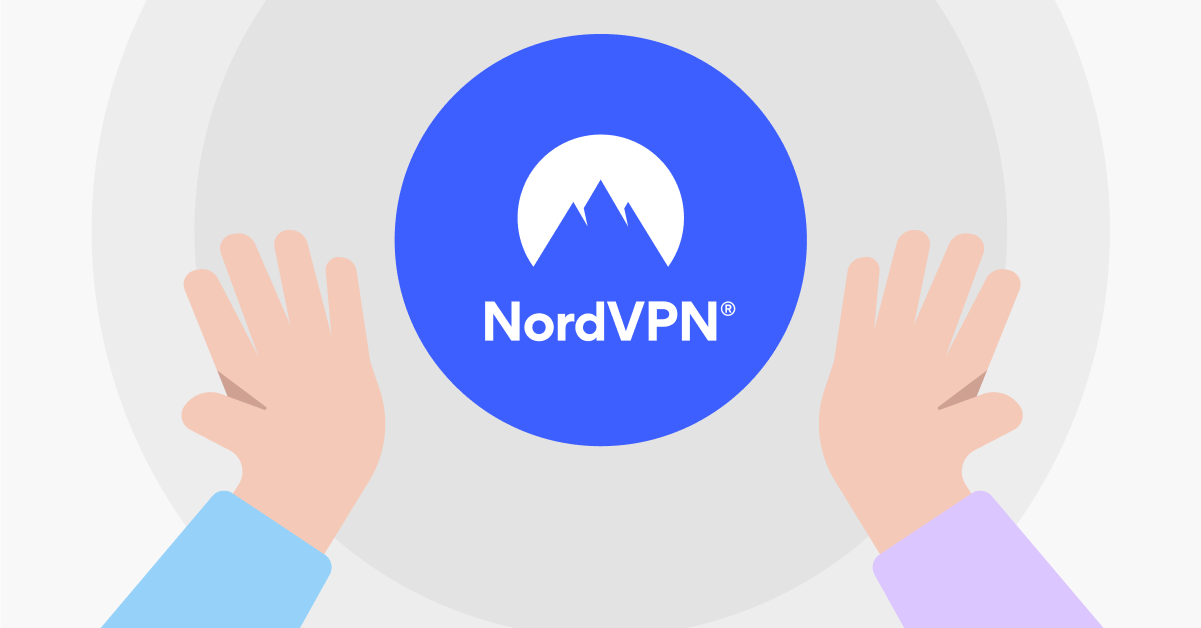What is virtual network computing?
Virtual network computing provides an efficient remote working model from which many corporations can benefit. It’s praised for its easy-to-use system and the convenience it can bring for various subsets of corporate structure. However, sometimes the security offered by virtual network computing can be patchy and may raise some concerns. Let’s take a better look into virtual network computing, how it works, and how you can make the best use of it.
Contents
What is virtual network computing?
Virtual network computing (VNC) is a desktop-sharing system for remote computer access and control. It allows users to interact with the desktops of remote computers as if they were physically in front of them. One of the biggest benefits of VNC is that it can be used across different operating systems.
VNC relies on a simple server-viewer model. With the viewer software installed on their computer, a user can control a remote device with a VNC server set-up.
Once the user gains access to the remote device, they can control its operating system and run any installed programs. VNC also allows connecting to devices like printers and external hard drives for maximum convenience. With a strong internet connection, the device should work as smoothly for its remote operator as it does for anyone physically in front of it.
VNC is a highly efficient system for remote tech support and system administration, long-distance troubleshooting, and creating new corporate work structures.
How does VNC work?
Virtual network computing works by connecting two remote devices in a server-viewer model. The main operational element behind VNC is the remote frame buffer (RFB) protocol. It defines how pixels, inputs of the keyboard, and mouse movements are sent over the networks and affect the server device.
Let’s take a closer look at the two major elements of the VNC scheme – the VNC server and viewer.
VNC server
The VNC server is installed on the remote computer that the user wants to access and control from afar. The server captures what is displayed on the computer screen and sends this information over the network to the VNC viewer device. In addition, the VNC server looks out for and responds to the VNC viewer’s input.
VNC viewer
The VNC viewer is installed on the computer from which the user chooses to control the VNC server. It receives the remote computer’s screen display and can send input, such as mouse movements or keyboard insertions, to the VNC server device.
Advantages of virtual network computing
VNC is particularly useful for businesses because workers no longer need to be present in the office to be able to work. If they have VNC viewer software installed on their personal computer with the matching VNC server on their office device, they can access work resources from wherever they are. Lockdowns, business trips, and travel disruptions would no longer disrupt workflow.
Using VNC for business can also make the company-wide troubleshooting processes more straightforward. If an employee dealt with a problem on their computer, VNC would allow a technician to get inside the employee’s device, take full control of it, and fix the issue remotely. Centralized tech support is an effective option for businesses with multiple workspaces or large teams of remote employees.
Is VNC secure?
Using VNC does involve some serious security risks – after all, it grants pretty straightforward access to private files, passwords, and databases.
Though some VNC software provides relatively strong encryption levels with end-to-end encryption (E2EE), many don’t go far enough. Worse yet, remote employees may use vulnerable home routers or unsecured public Wi-Fi to connect to their company’s sensitive data.
The best practice to provide secure connections and enhance VNC security if its provider hasn’t implemented strong encryption measures may be to run your internet traffic through a virtual private network (VPN). Operating VNC with a VPN’s security provides ironclad safety and dynamic flexibility.
VNC vs. VPN
Though a VPN and VNC offer different features, they work well in tandem. VNC provides remote access to devices, facilitating home working. A VPN encrypts connections over networks and hides devices’ IP addresses and online activities from the prying eyes of third parties.
While VNC gives employees more freedom and flexibility, it doesn’t offer the online security and privacy that a VPN does. Many respectable VPNs also provide additional features that can improve working from home. For instance, NordVPN has introduced Meshnet for secure remote file access.
Combining a VPN and VNC for business helps secure remote workers’ connections to their office network and enhance and better protect remote-working infrastructure.
VNC vs. RDP
Similarly to VNC, remote desktop protocol (RDP) is a tool for remote desktop access that allows users to take control over another device on a different network. While VNC is platform-independent, RDP was developed by Microsoft and primarily designed for the Windows operating system. You can still configure RDP to work on other systems, but it’s less straightforward than in the case of VNC.
On the other hand, RDP offers better performance than VNC because it uses up less bandwidth and provides more advanced graphics. RDP also offers strong default encryption, whereas VNC uses only basic encryption but can be paired with other security protocols.

